National Public Gardens Day, celebrated on May 9, 2025, offers the perfect opportunity to explore some of America’s most spectacular botanical treasures. These living museums showcase nature’s beauty while promoting conservation, education, and environmental stewardship.
Here is a list of 20 remarkable gardens across the United States worth visiting on this special day.
Brooklyn Botanic Garden in Brooklyn, New York
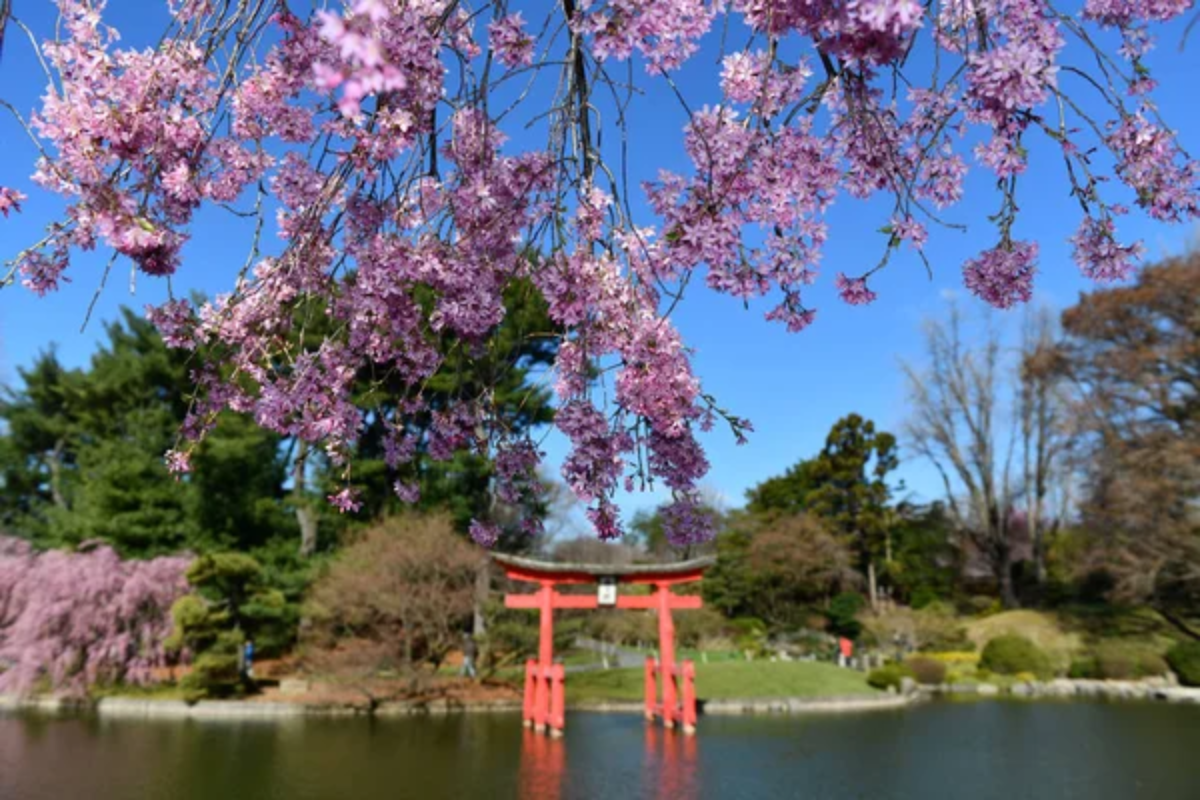
The Brooklyn Botanic Garden spans 52 acres within the heart of New York City, providing a peaceful retreat from urban life. This garden particularly shines in spring with its famous Cherry Esplanade, where dozens of ‘Kanzan’ cherry trees burst into magnificent pink blooms, typically reaching their peak in late April to early May.
Beyond the cherry blossoms, visitors can enjoy the Japanese Garden, Rose Garden, and Native Flora Garden, each offering unique botanical experiences within walking distance.
Missouri Botanical Garden in St. Louis, Missouri
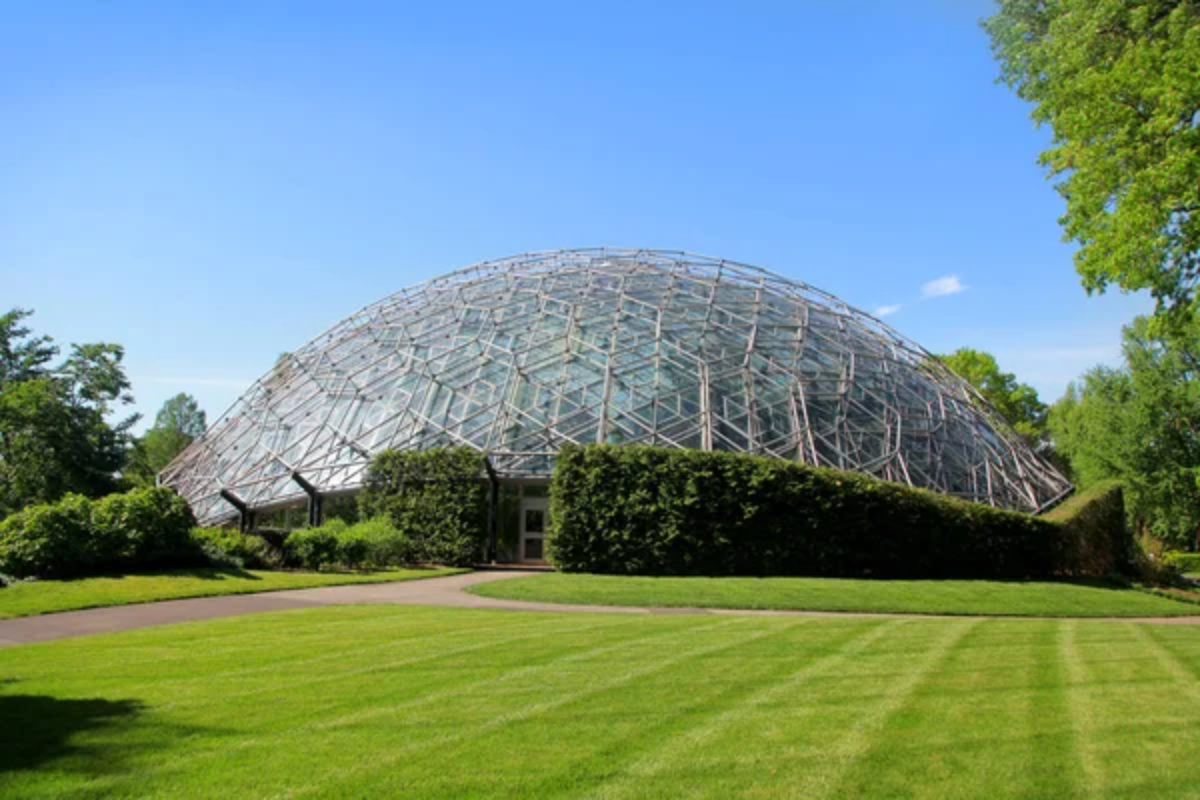
Established in 1859, the Missouri Botanical Garden is one of America’s oldest institutions. This 79-acre paradise features the stunning Climatron, a geodesic dome conservatory housing a tropical rainforest environment with waterfalls and exotic plants from around the world.
The garden also boasts a 14-acre Japanese strolling garden called Seiwa-en, magnificent rose gardens, and historical structures that blend seamlessly with modern botanical displays.
Like Travel Pug’s content? Follow us on MSN.
Longwood Gardens in Kennett Square, Pennsylvania
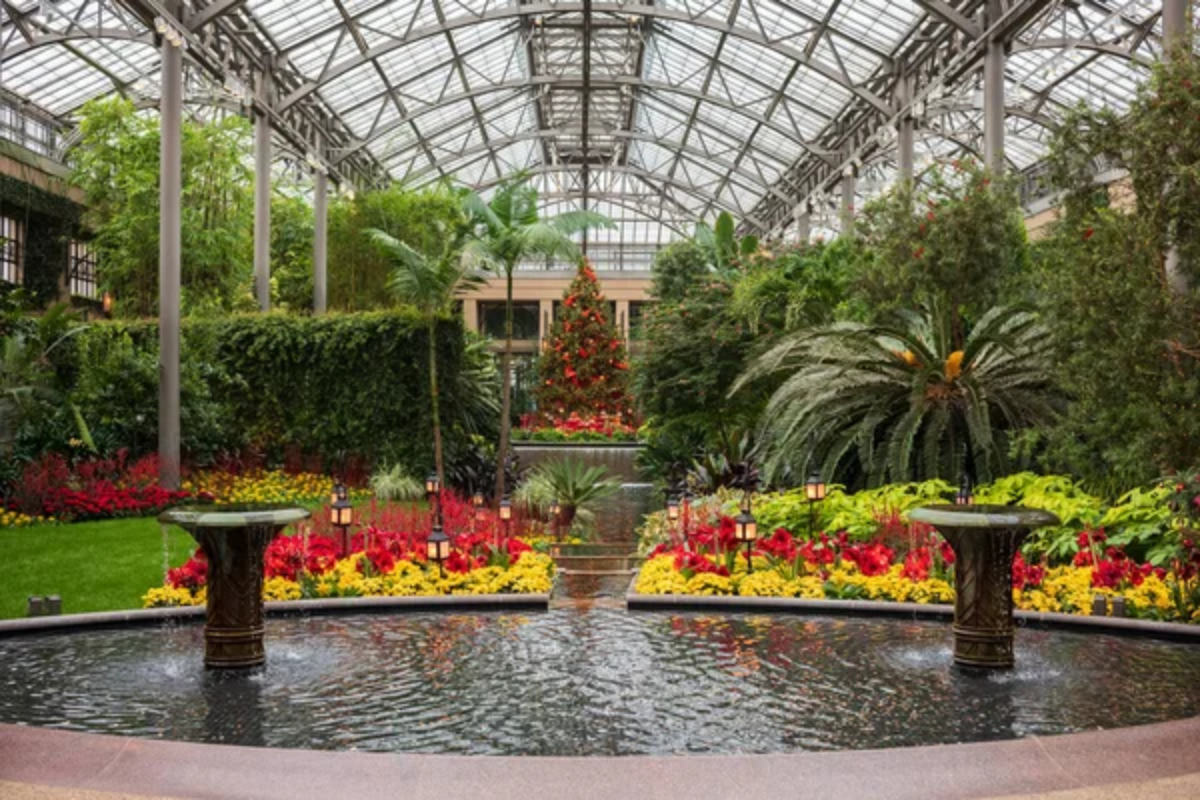
Sprawling across 1,100 acres, Longwood Gardens regularly tops lists of America’s finest botanical gardens. The property features extraordinary fountain systems reminiscent of European classical designs alongside meticulously maintained formal gardens.
Indoor spaces include conservatories housing rare tropical specimens, while outdoor areas showcase seasonal displays ranging from spring bulbs to summer water lilies. The garden’s performing fountain shows combine water, light, and music for an unforgettable experience.
Desert Botanical Garden in Phoenix, Arizona
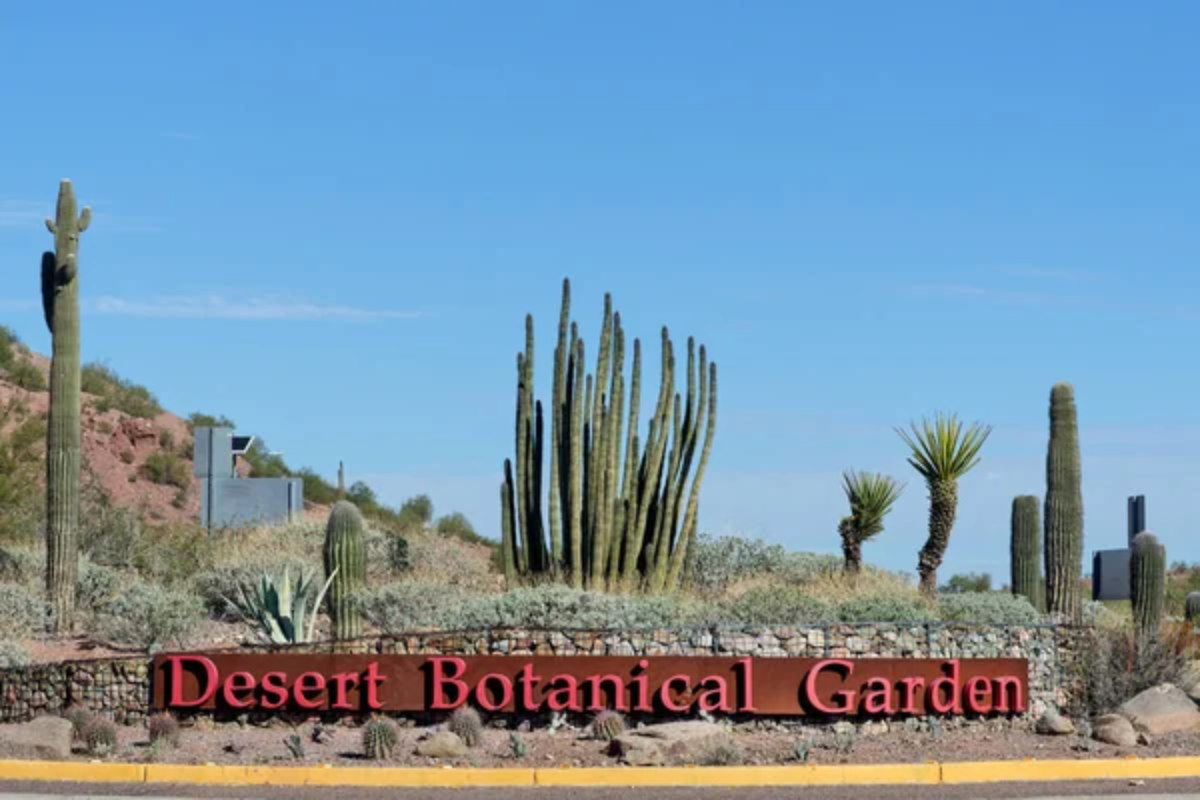
Against the dramatic backdrop of the Papago Buttes, the Desert Botanical Garden showcases the surprising diversity and beauty of arid landscapes. The garden houses more than 50,000 desert plants across its 140 acres, emphasizing cacti and succulents native to the Sonoran Desert.
Five themed trails guide visitors through different desert environments, while art installations, including works by glass artist Dale Chihuly, add another dimension to the experience.
United States Botanic Garden in Washington, D.C.
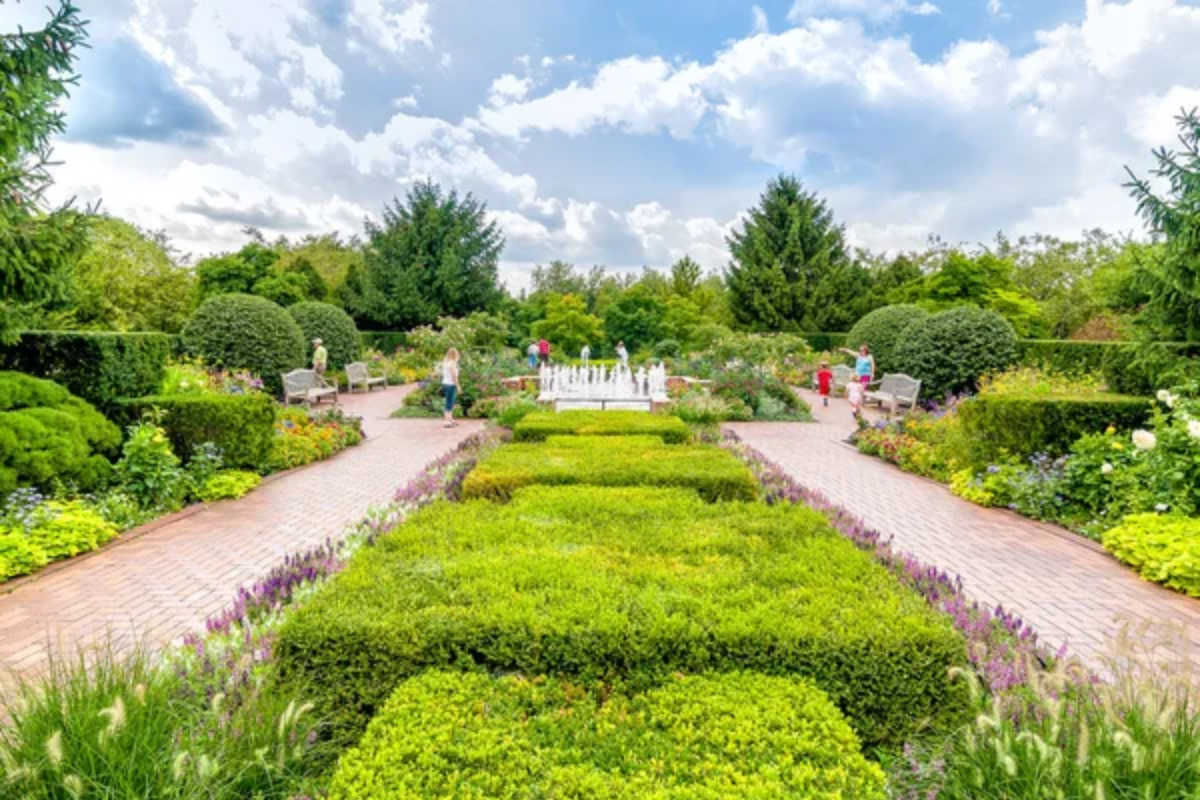
Located adjacent to the U.S. Capitol, this historic garden was established in 1820, making it one of the oldest continuously operating botanical gardens in North America. The conservatory houses collections arranged by habitat, including jungle, desert, and medicinal plants.
Outside, the National Garden showcases regional plants and features the First Ladies Water Garden. Best of all, admission is free, making this a perfect, affordable destination for National Public Gardens Day.
Like Travel Pug’s content? Follow us on MSN.
Chicago Botanic Garden in Glencoe, Illinois
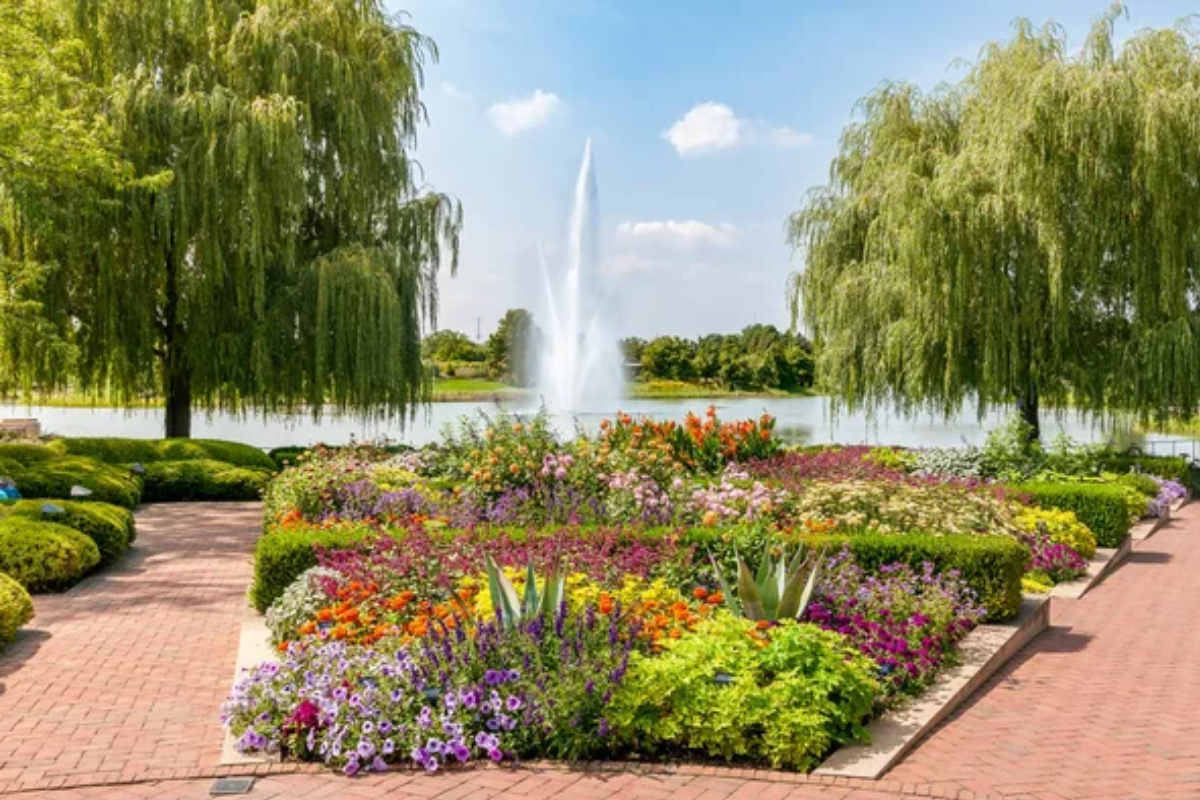
Set on 385 acres with 26 distinct garden areas, the Chicago Botanic Garden offers impressive diversity just north of downtown Chicago. Visitors can explore a Japanese garden with islands connected by arching bridges, an English walled garden, and extensive native prairie plantings.
The garden is built on nine islands surrounded by lakes, creating picturesque views from virtually every vantage point.
Fairchild Tropical Botanic Garden in Coral Gables, Florida
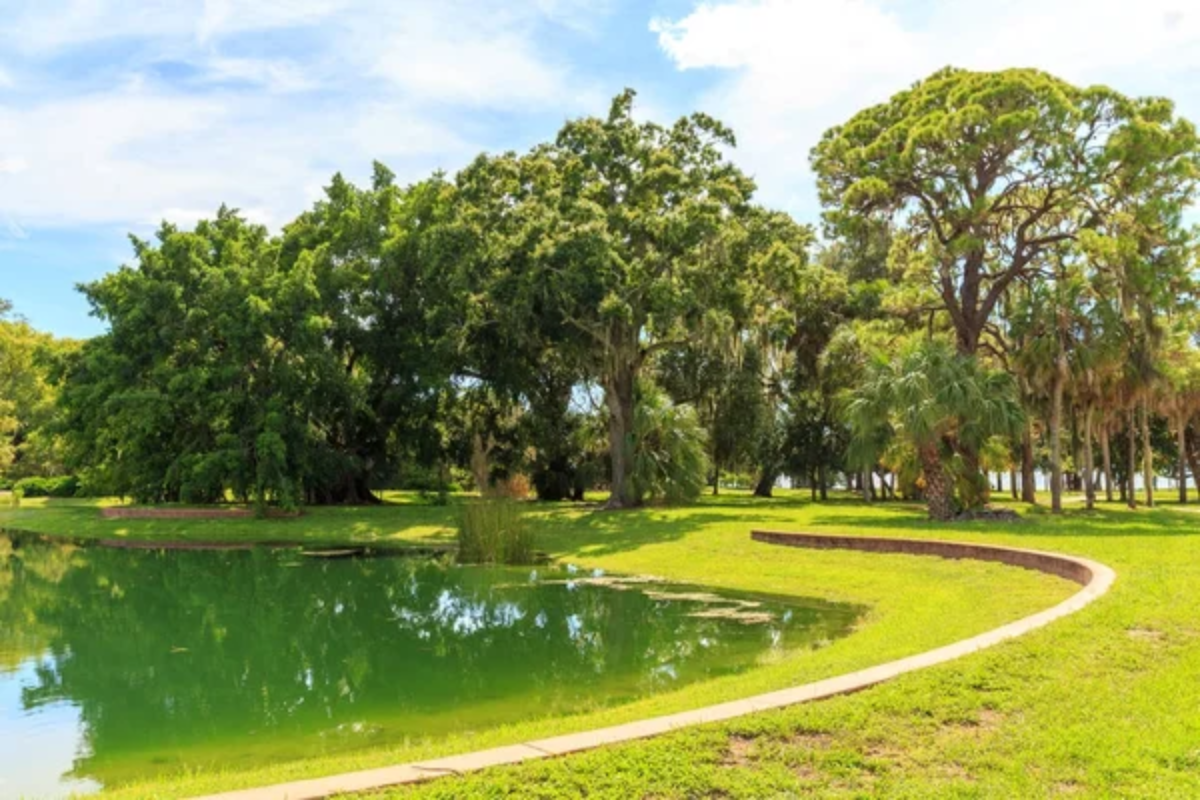
This 83-acre tropical paradise showcases the exotic flora of South Florida and similar climates worldwide. Founded in 1938, Fairchild features impressive collections of rare tropical plants, including palms, cycads, and flowering trees.
The Wings of the Tropics exhibit allows visitors to walk among hundreds of free-flying butterflies, while the Tropical Plant Conservatory houses rare specimens that thrive in the warm, humid environment.
Portland Japanese Garden in Portland, Oregon
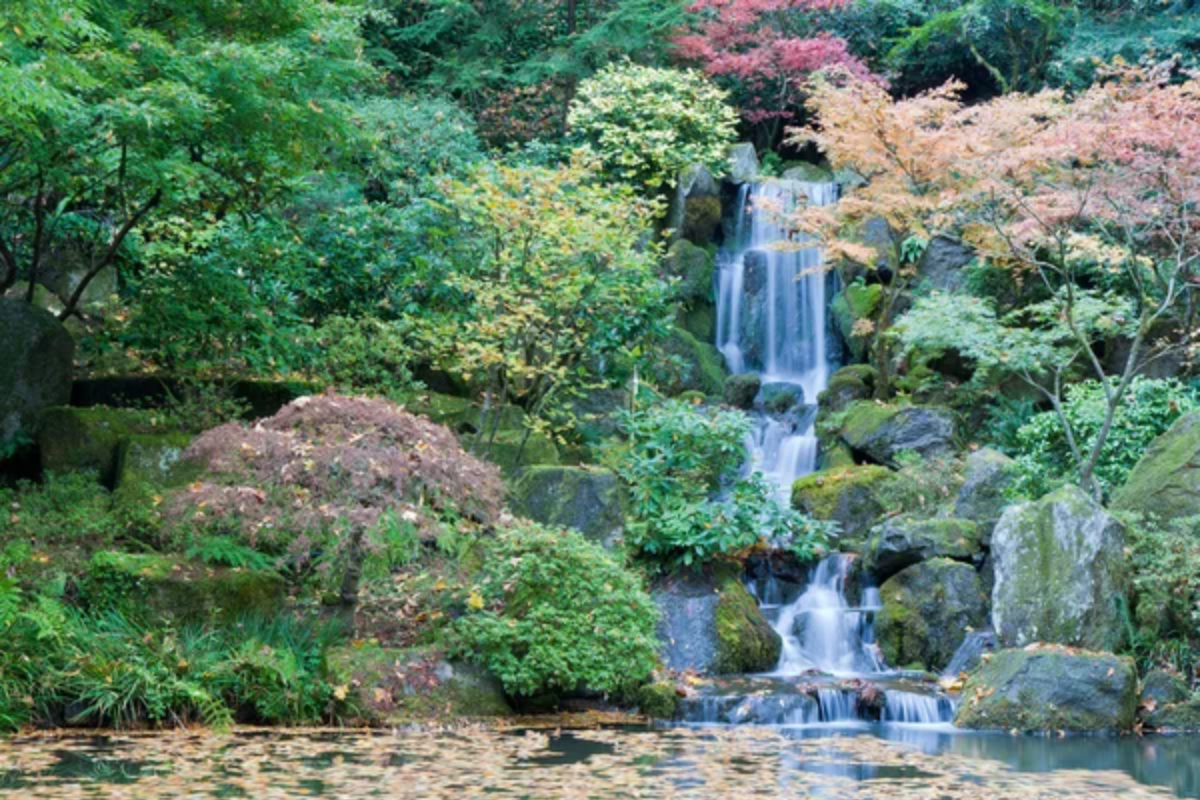
Often described as the most authentic Japanese garden outside Japan, this 12-acre masterpiece transports visitors to a different world. Nestled in the hills above Portland, the garden features five distinct landscape styles, including the Tea Garden and Sand and Stone Garden.
Carefully placed stones, pruned trees, and flowing water create an atmosphere of tranquility and harmony with nature that exemplifies Japanese garden principles.
Like Travel Pug’s content? Follow us on MSN.
Lewis Ginter Botanical Garden in Richmond, Virginia
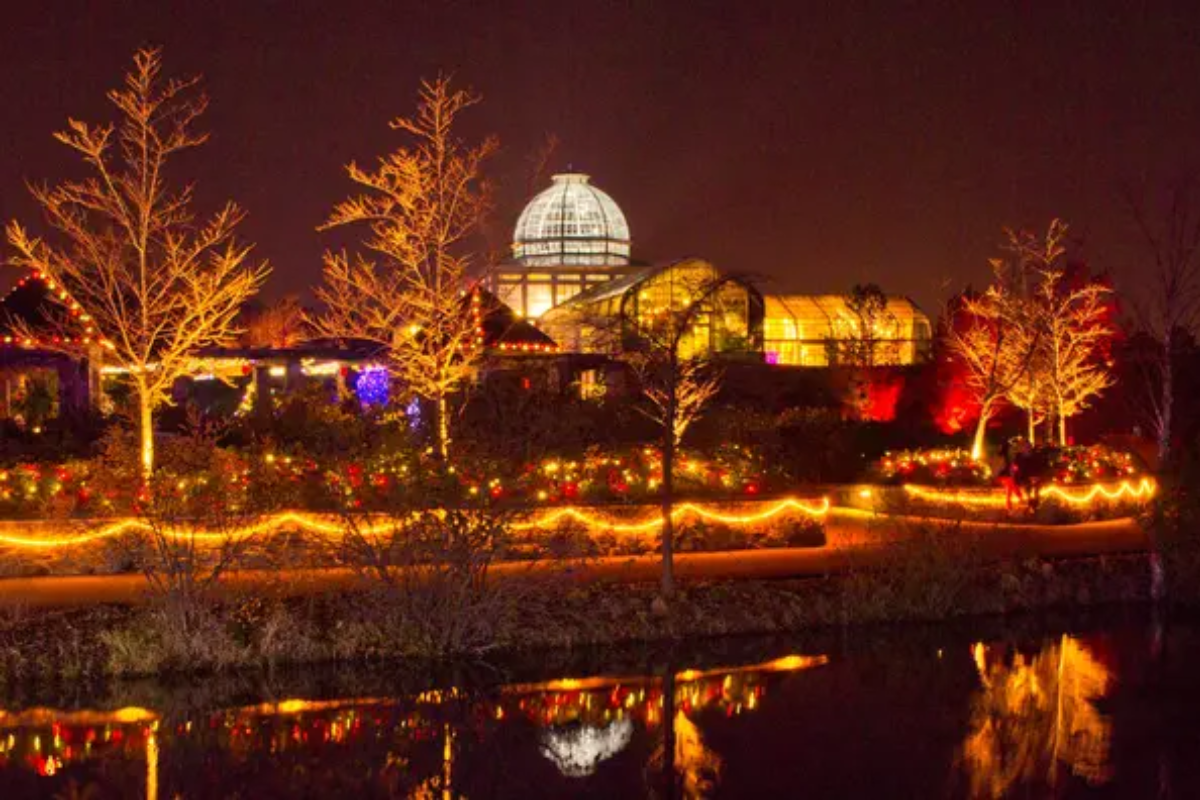
Spanning 50 acres, this Virginia gem offers more than a dozen themed gardens, including a classical domed conservatory, the only one of its kind in the Mid-Atlantic region. A children’s garden with interactive exhibits, an Asian valley, and extensive rose collections offer varied experiences for visitors of all ages.
Seasonal displays ensure something blooms virtually every day of the year.
Coastal Maine Botanical Gardens in Boothbay, Maine
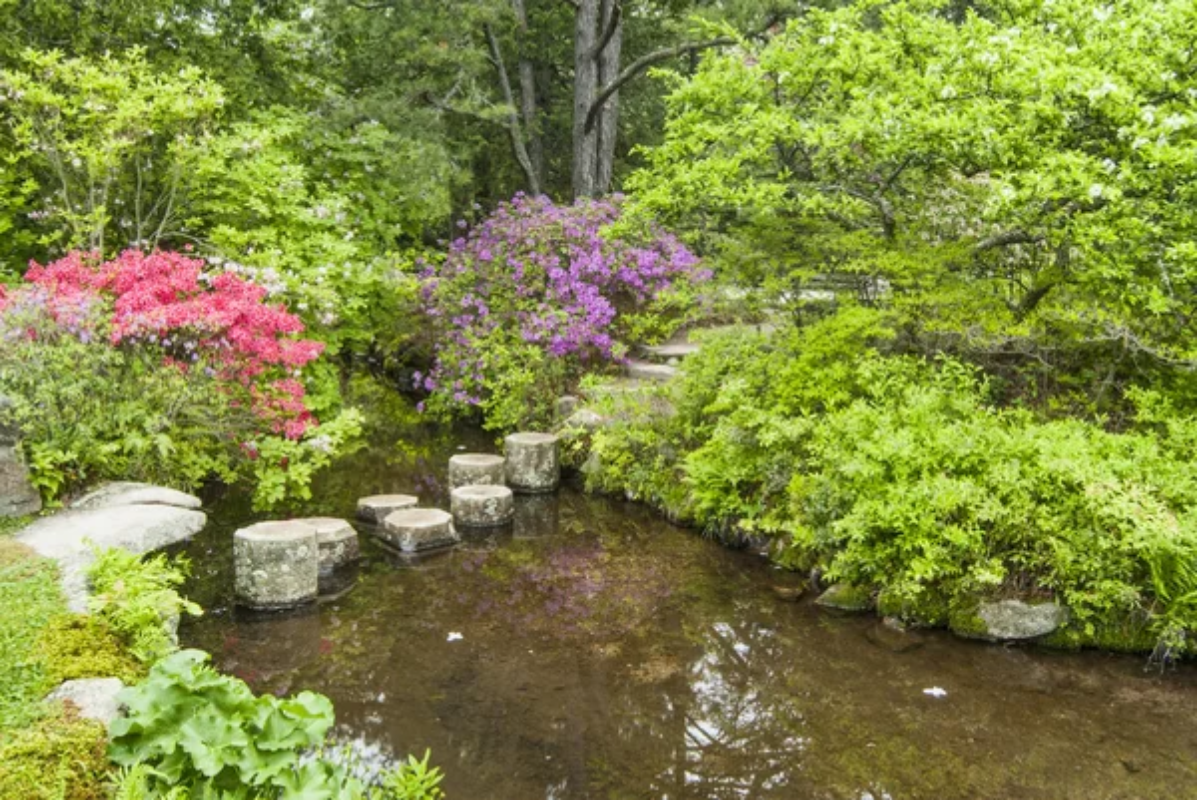
As New England’s largest botanical garden, this 325-acre coastal property combines woodland trails, manicured gardens, and stunning shoreline views. The Lerner Garden of the Five Senses encourages visitors to experience plants through touch, smell, taste, sight, and sound.
The Children’s Garden features a story barn and kid-sized woodland cottages, making this a family-friendly destination.
Atlanta Botanical Garden in Atlanta, Georgia
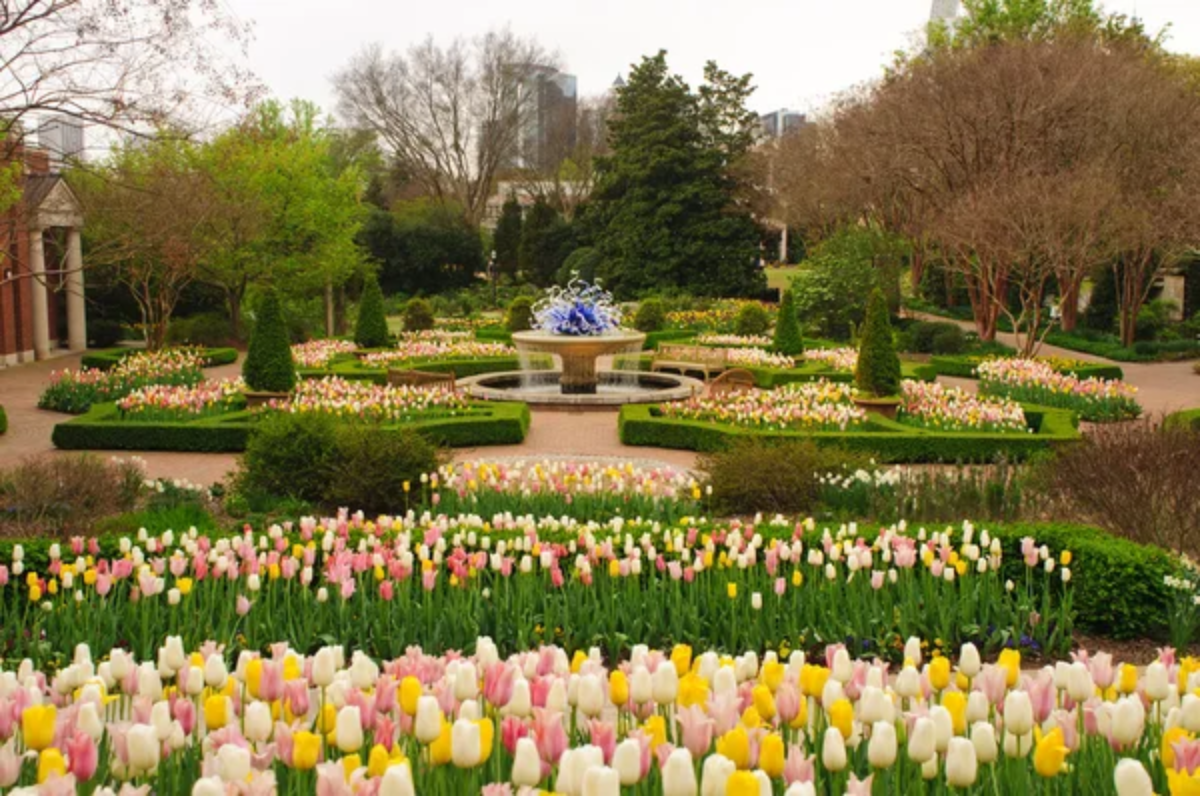
The Atlanta Botanical Garden houses the nation’s largest permanent display of orchid species and features a remarkable 600-foot-long canopy walk that lets visitors view forests from above. The Fuqua Orchid Center and the Dorothy Chapman Fuqua Conservatory showcase tropical and desert plants, while outdoor gardens highlight native Southern species and seasonal displays.
Like Travel Pug’s content? Follow us on MSN.
Denver Botanic Gardens in Denver, Colorado
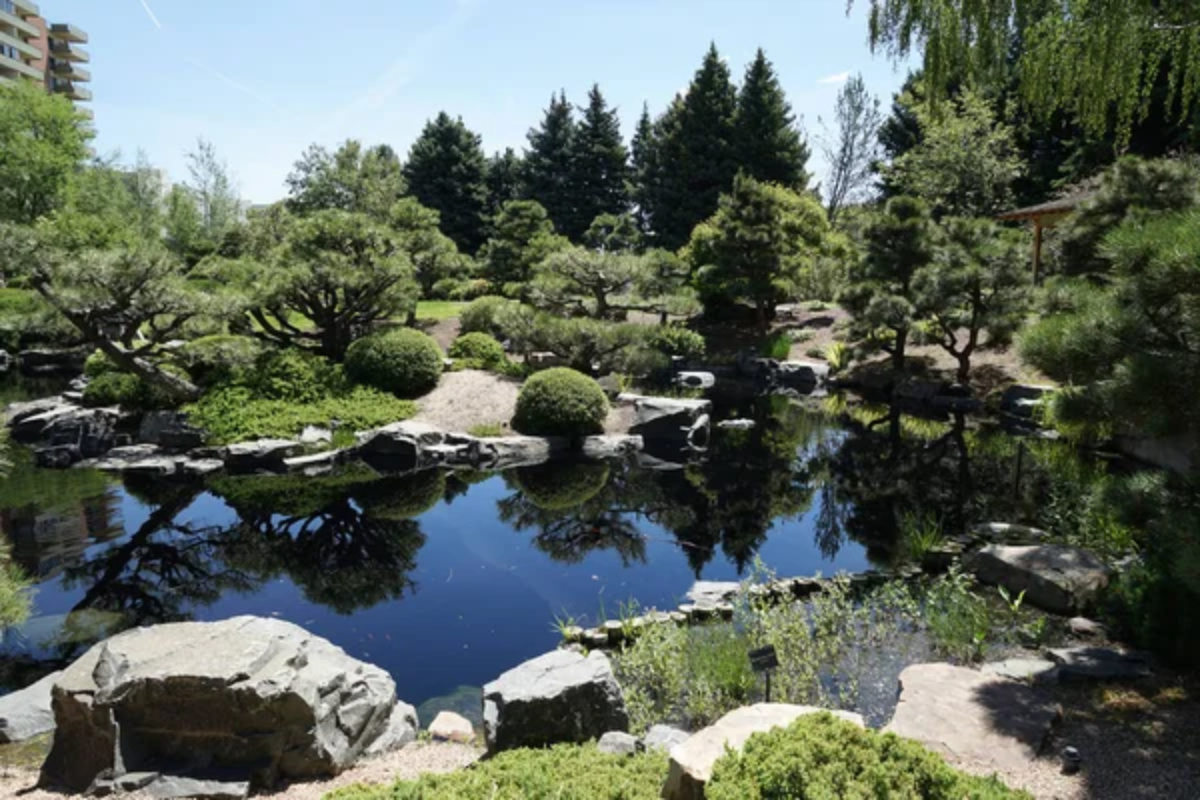
Set against the dramatic backdrop of the Rocky Mountains, Denver Botanic Gardens spans 24 acres and features North America’s largest collection of plants from cold temperate climates worldwide. The Mordecai Children’s Garden provides hands-on experiences for young visitors, while the Science Pyramid explores the relationship between plants and people in the West.
San Francisco Botanical Garden in San Francisco, California
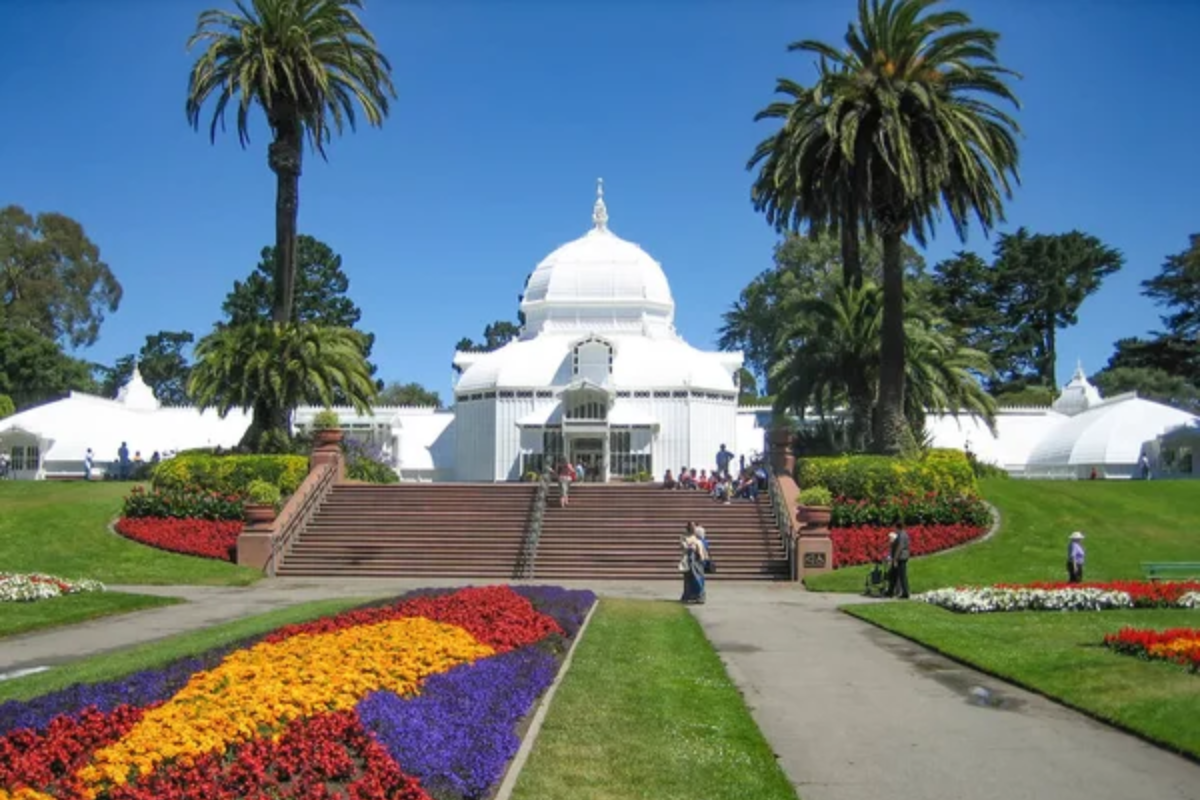
Located within Golden Gate Park, this 55-acre living museum showcases more than 8,000 different kinds of plants from around the world. The garden’s mild Mediterranean climate allows for growing species from diverse regions, including a magnificent redwood grove, a cloud forest collection, and one of the largest magnolia collections outside China.
New York Botanical Garden in Bronx, New York
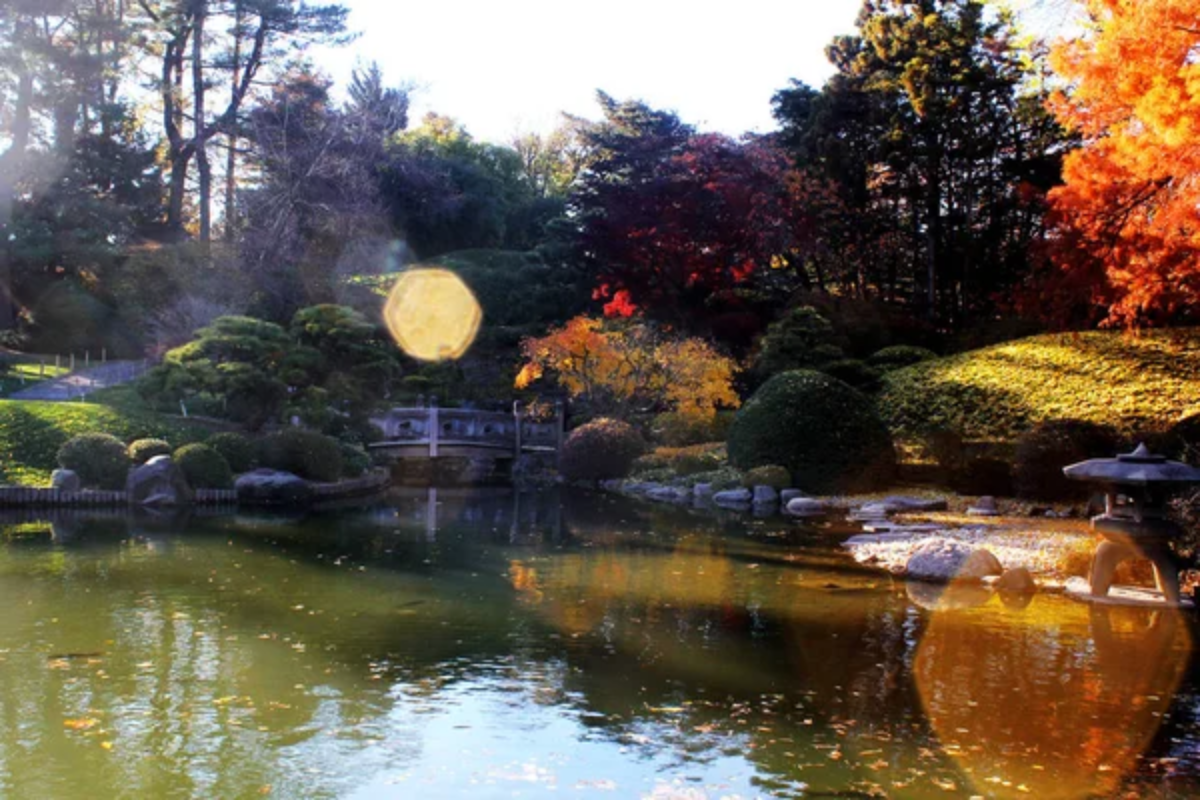
This 250-acre National Historic Landmark contains 50 different garden and plant collections amid dramatic rock outcroppings and a native forest. The Enid A. Haupt Conservatory, a stunning Victorian-style glasshouse, houses impressive tropical displays.
At the same time, the 50-acre Thain Family Forest represents the last remnant of the original forest that once covered New York City.
Like Travel Pug’s content? Follow us on MSN.
Dallas Arboretum and Botanical Garden in Dallas, Texas

The Dallas Arboretum spans 66 acres along the shores of White Rock Lake and features 19 named gardens filled with seasonal flowers, ornamental shrubs, and trees. The garden is particularly known for its spring display, “Dallas Blooms,” when nearly half a million bulbs burst into color alongside 3,000 azaleas.
The Children’s Adventure Garden combines nature with interactive science exhibits.
Huntington Library, Art Museum, and Botanical Gardens in San Marino, California
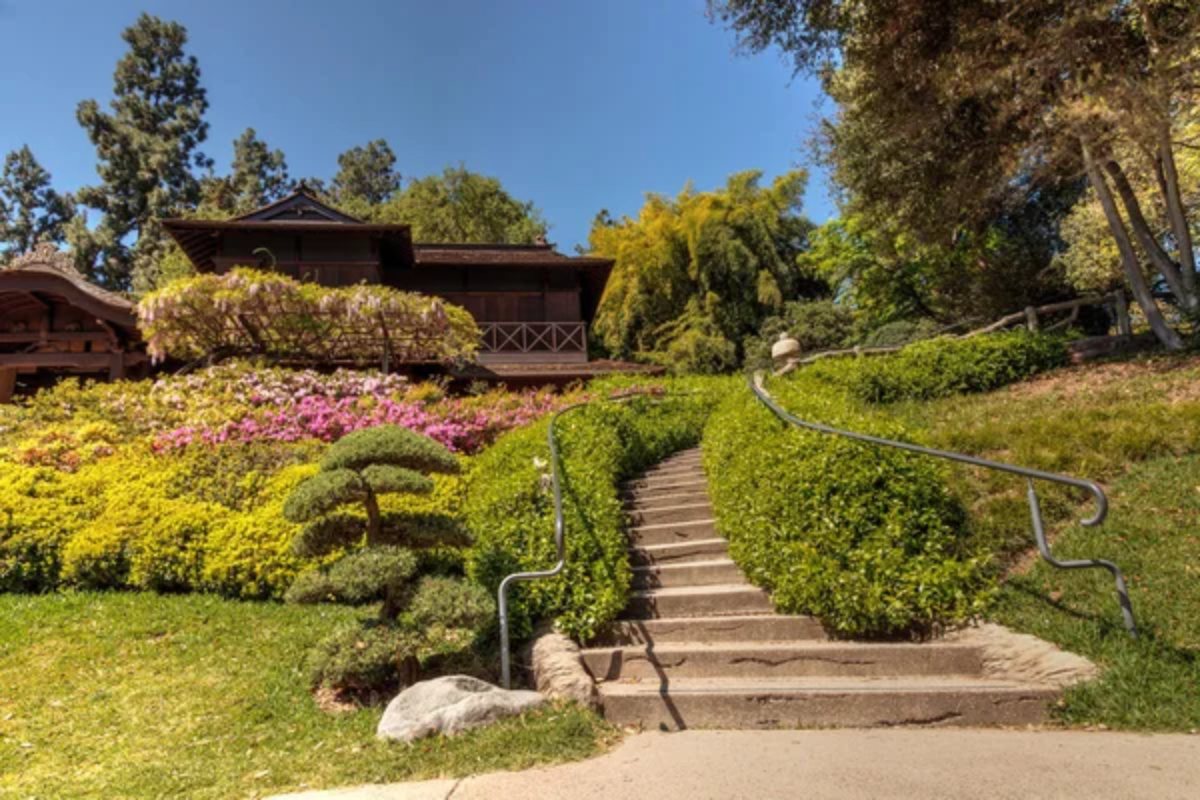
This cultural and botanical landmark encompasses 120 acres of specialized gardens, including one of the world’s largest and most diverse collections of camellias. The Japanese Garden features a ceremonial teahouse, while the Desert Garden displays more than 2,000 succulents and desert plants.
The Chinese Garden includes a lake, pavilions, and authentic Chinese architecture.
Arnold Arboretum in Boston, Massachusetts

Established in 1872 as part of the Emerald Necklace of parks designed by Frederick Law Olmsted, this 281-acre arboretum managed by Harvard University houses more than 15,000 plants. Spring highlights include flowering cherries, magnolias, and lilacs; fall brings spectacular foliage color.
The collection focuses on hardy woody plants from North America and Eastern Asia.
Like Travel Pug’s content? Follow us on MSN.
Tucson Botanical Gardens in Tucson, Arizona
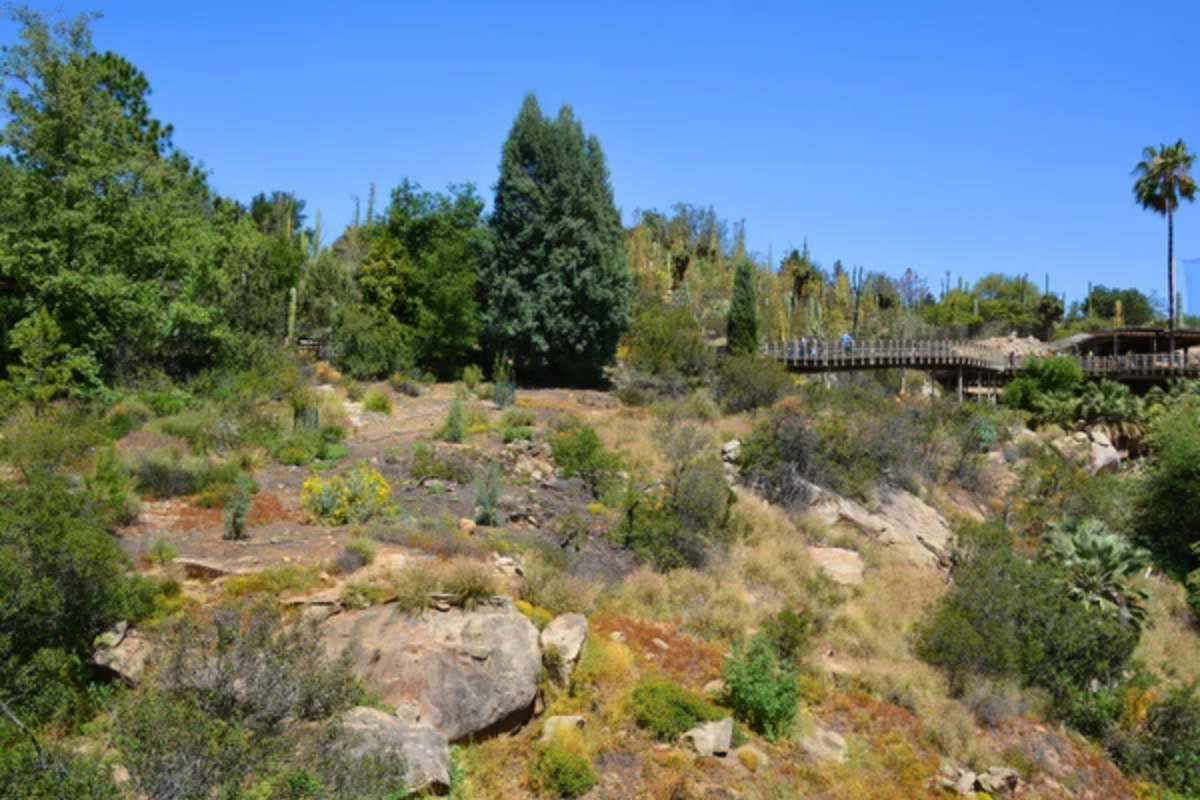
This intimate 5.5-acre urban garden offers themed spaces including a Prehistoric Garden, Herb Garden, and Butterfly Garden. The historical Porter residence at the center provides context for the surrounding gardens, which showcase plants adapted to the desert environment.
The Butterfly Magic exhibit houses hundreds of tropical butterflies in a greenhouse setting.
Duke Gardens in Durham, North Carolina
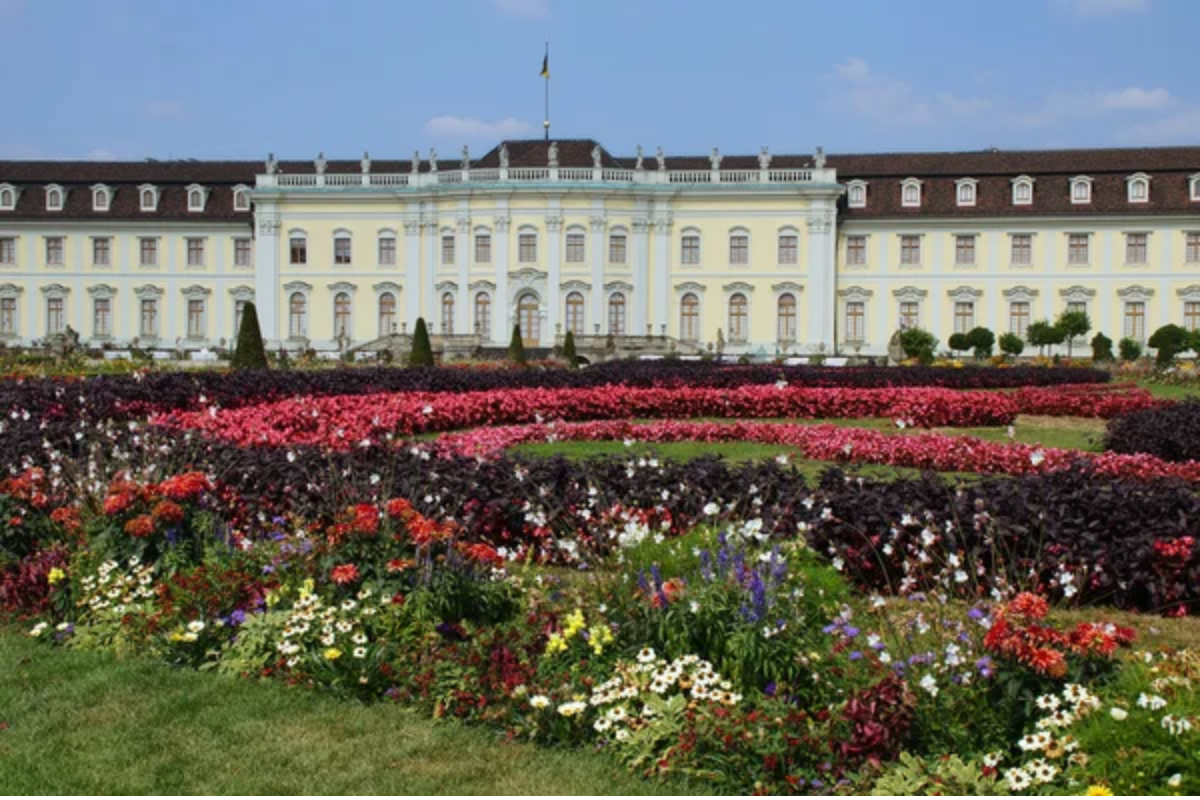
Covering 55 acres at Duke University, these gardens include four distinct areas: the formal terraces of the Historic Gardens, an Asiatic arboretum featuring a pond garden, a native plant garden, and the Doris Duke Center Gardens. Five miles of allées and pathways connect these diverse spaces, offering visitors constantly changing views throughout the seasons.
Phipps Conservatory and Botanical Gardens in Pittsburgh, Pennsylvania
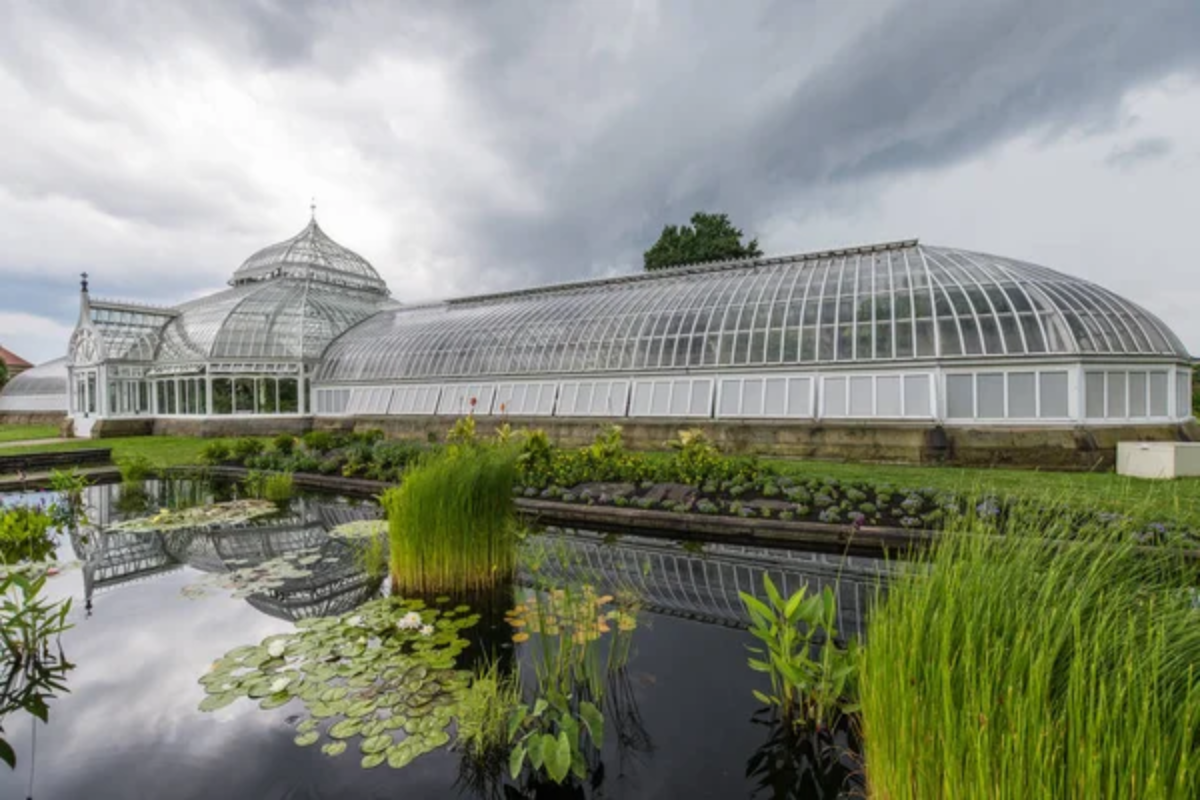
This Victorian glasshouse from 1893 anchors a complex of gardens and growing spaces covering 15 acres. The conservatory houses elaborate seasonal flower shows alongside permanent collections of orchids, ferns, and tropical plants.
The Production Greenhouse demonstrates sustainable growing practices, while outdoor gardens showcase native plants and seasonal displays.
Like Travel Pug’s content? Follow us on MSN.
The Legacy of Public Gardens
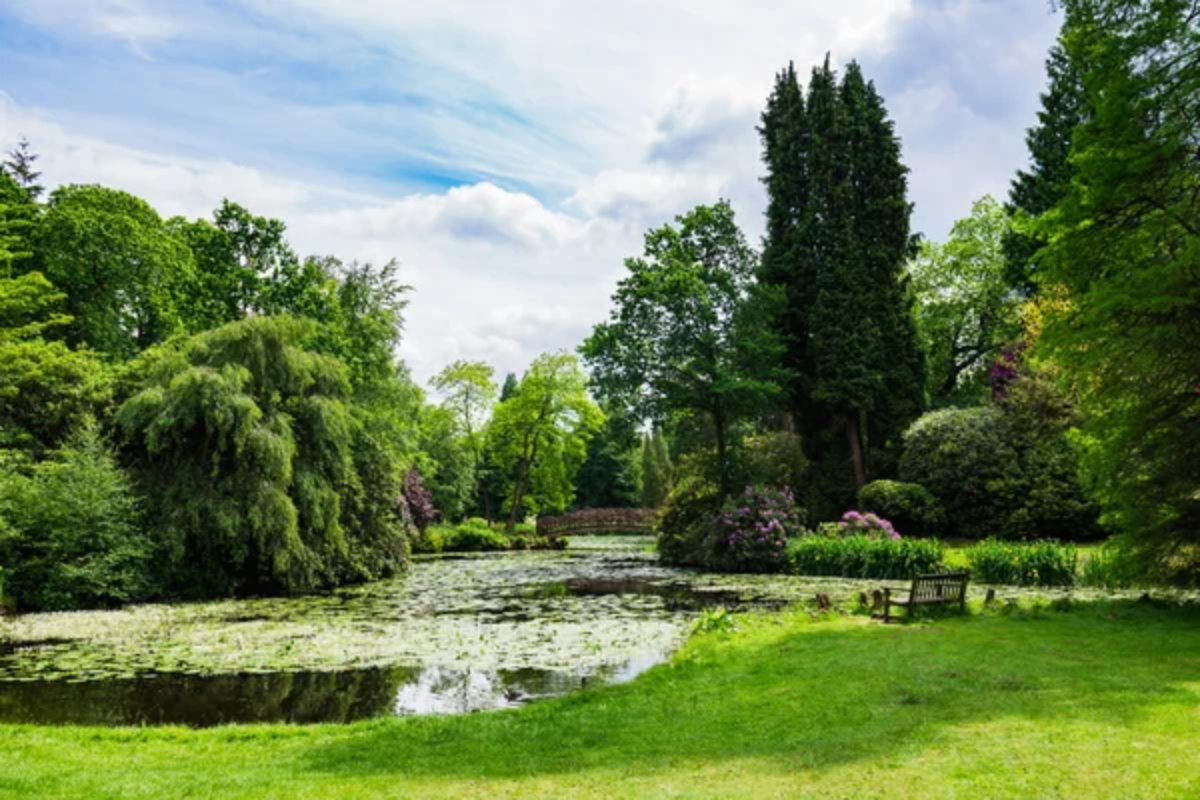
From humble beginnings, public gardens across America now serve as living museums, conservation centers, and places of community connection. These green spaces protect plant diversity while offering educational opportunities and moments of tranquility for visitors of all ages.
By participating in National Public Gardens Day, you’re not just enjoying beautiful landscapes—you’re supporting these institutions’ important work in plant conservation, environmental education, and creating spaces where people and nature thrive together.
More from Travel Pug

- 20 Towns Built for One Purpose That Were Later Abandoned
- 15 Hidden Spots in Disney World’s Magic Kingdom Most Visitors Miss
- 20 Once-Popular Beach Towns That Are Now Ghostly Empty
- 15 Canyons in the U.S. That Are Just as Stunning as the Grand Canyon
- 10 Under-the-Radar Mountain Towns That Are Both Affordable and Beautiful
Like Travel Pug’s content? Follow us on MSN.
